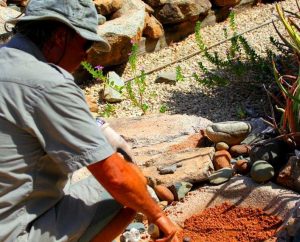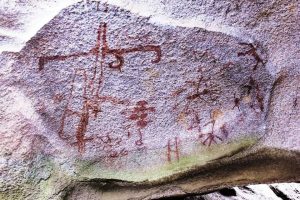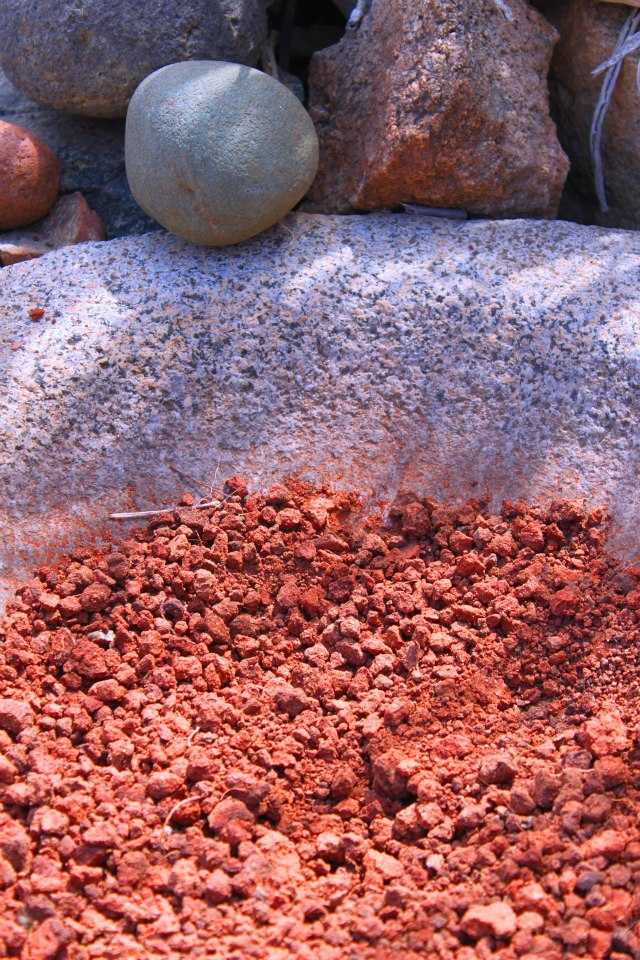Article by Etnia Nativa call us 592 2 and book your experience!
Experience Etnia Nativa
Book your visit at etnianativa03@gmail.com we are close to high rise hotels area 
Article by Etnia Nativa call us 592 2702 and book your experience!
Ochre, or ocher in American English, is a natural clay earth pigment which is a mixture of ferric oxide and varying amounts of clay and sand and is the first pigment known to have been used for painting by different cultures around the world. The natural pigments of the earth consist of three parts: the color-producing component, the modifying component and the base or carrier of the color (almost always clay, a degraded product of silicate rocks).

When we think of ocher we think of the color red but it is a natural yellow mineral pigment, which consists of clay, siliceous materials and the hydrated form of iron oxide known as limonite, which is the fundamental component of ocher earths. Other natural forms of earth pigments related to ocher include sienna, which is similar to yellow ocher but warmer and more translucent in color; and amber, which has goethite as its main component and incorporates various levels of manganese. Red oxides or red ocher are forms of yellow ocher rich in hematite, which are commonly formed from the natural aerobic weathering of iron-containing minerals. Ocher is very common in archaeological sites around the world. The first possible use of ocher discovered so far is from a Homo erectus site about 285,000 years old. At the site in Kenya’s Kapthurin Formation, a total of five kilograms (11 pounds) of ocher was discovered in more than 70 pieces. 250,000-200,000 years ago, Neanderthals used ocher at the Maastricht Belvédère site in the Netherlands (Roebroeks) and the Benzu rock refuge in Spain. Ocher was part of the earliest art that the Stone Age man had practiced in Africa. The earliest 100,000-year-old modern human assemblages, such as at the Blombos Cave and Klein Kliphuis in South Africa, rock art as well as stone have been found which includes examples of etched ocher, ocher slabs with carved patterns deliberately cut into the surface. In 2014 the Spanish paleontologist Carlos Duarte suggested that the use of red ocher as a pigment in tattoos (otherwise ingested) may have had a role in human evolution, as it would have been a source of iron directly to the human brain, perhaps Ocher applied on granite surface by native Aruban cultures. Here we can see the part of Weburi `s rock art at Piedra Plat.

To get to know more over Aruba’s and its origins, its animals and culture, we highly recommend you to book your visit for our renowned cultural encounter session has been entertaining curious participants for decades. Mail us at etnianativa03@gmail.com to confirm your participation. Our facilities and activities take place close to high rise hotels.












